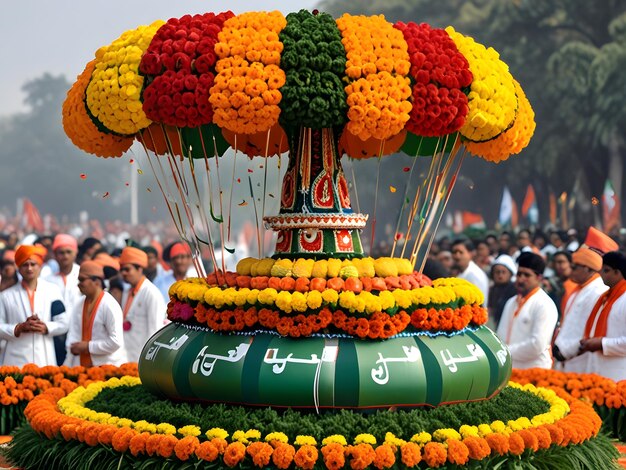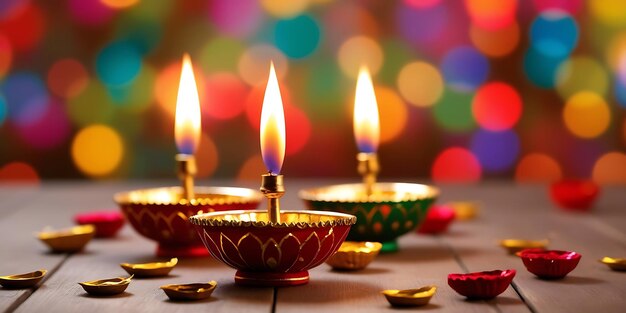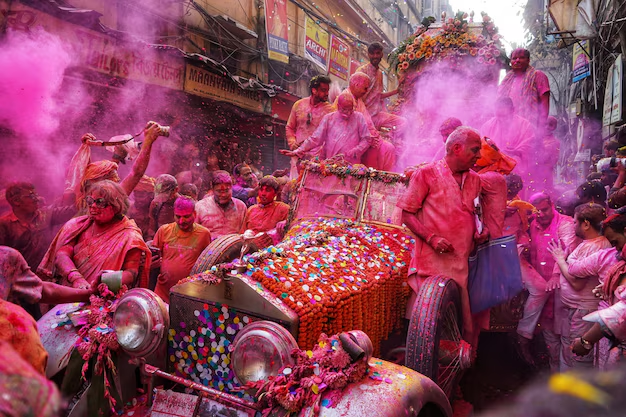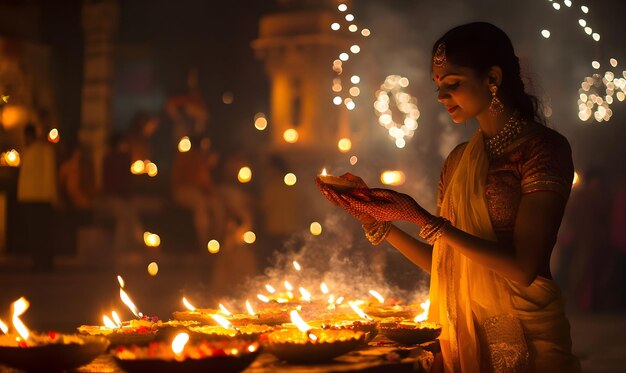
Festivals are an intrinsic part of human culture, offering a unique opportunity to celebrate history, heritage, and community. Across the globe, these vibrant celebrations bring people together, providing a space for joy, reflection, and shared experiences. From the grandest international events to the most intimate local festivals, they serve as a window into the diverse cultures that define our world. In this article, we explore the magic of festivals and their role in celebrating culture and tradition.
The Heart of Festivals: Culture and Heritage
At their core, festivals are about more than just the event itself; they represent a community’s deep connection to its culture and heritage. Many festivals have been celebrated for centuries, passed down through generations, and each one carries its own significance and meaning. Whether rooted in religious, historical, or seasonal events, festivals serve as a living testament to the customs and traditions that have shaped societies over time.
1. Preserving Traditions
Festivals are vital for preserving cultural traditions, often involving rituals, dances, music, and costumes that have been maintained for generations. These events give younger generations the chance to experience and connect with their cultural heritage, ensuring that traditional practices are kept alive and relevant. In many communities, festivals are an opportunity to teach stories, customs, and practices that might otherwise fade with time.
For instance, Diwali, the Hindu Festival of Lights, not only marks the triumph of good over evil but also teaches values of family, unity, and hope. Similarly, the Chinese New Year is a celebration of renewal, family, and prosperity, filled with traditional performances, foods, and customs that highlight the cultural significance of the occasion.
2. Celebrating History
Festivals often commemorate important historical events, offering a moment for reflection and recognition of past struggles and achievements. Events like Bastille Day in France or the Fourth of July in the United States are national holidays that allow people to reflect on their nation’s history, the fight for freedom, and the principles upon which their country was founded. These festivals serve not just as celebrations but as educational experiences that reinforce the importance of history in shaping the present.
3. Fostering Community Bonds
One of the most powerful aspects of festivals is their ability to bring people together. Festivals are community-oriented events where families, friends, and neighbors unite to celebrate. Whether it’s through street parades, food festivals, or religious gatherings, festivals create a sense of belonging and shared identity. These occasions help strengthen community ties and foster a collective spirit, where participants from all walks of life come together to celebrate the common values that unite them.
The Magic of Diverse Festivals Around the World
The beauty of festivals lies in their diversity—each culture has its own way of celebrating, creating a vibrant tapestry of celebrations across the world. From colorful parades to sacred rituals, here are a few examples of how festivals embody the magic of culture and tradition in different parts of the world:
1. Carnival in Brazil
Brazil’s Carnival is one of the most famous festivals in the world, a dazzling spectacle filled with samba music, elaborate costumes, and vibrant parades. Held annually in Rio de Janeiro, this festival is deeply rooted in Afro-Brazilian culture and celebrates both religious and cultural aspects of Brazilian life. The parade’s energy, rhythm, and colors bring together millions of people, transcending race, religion, and background, making it a celebration of unity and joy.
2. Holi in India
Known as the Festival of Colors, Holi is a Hindu festival celebrated with exuberance across India and beyond. It marks the arrival of spring and the victory of good over evil. During the celebration, people throw colored powders at each other, dance, and share sweets, all in the spirit of joy, unity, and forgiveness. Holi is a festival that transcends barriers, where social divisions are momentarily forgotten, and everyone comes together to revel in color, happiness, and the renewal of relationships.
3. Oktoberfest in Germany
Oktoberfest in Munich is the world’s largest beer festival, attracting millions of visitors every year. What began as a royal wedding celebration in the early 19th century has grown into a massive event showcasing Bavarian culture, with traditional foods, music, folk dancing, and, of course, beer. Oktoberfest is more than just a beer festival; it’s a time when people come together to celebrate Bavarian heritage and hospitality.
4. Day of the Dead in Mexico
Mexico’s Día de los Muertos (Day of the Dead) is a celebration of life and death, a way for families to honor and remember their loved ones who have passed away. Unlike the somber mood associated with death in many cultures, Day of the Dead is a joyful celebration, marked by colorful altars, vibrant costumes, and delicious foods. It reflects a deep respect for ancestors and serves as a reminder of the cycle of life, blending pre-Hispanic and Catholic traditions to create a unique, culturally rich festival.
5. Ramadan and Eid al-Fitr in the Muslim World
For Muslims around the world, Ramadan is a time of fasting, prayer, reflection, and community. The month-long observance culminates in Eid al-Fitr, a festival that marks the end of fasting and celebrates the strength, patience, and faith shown during Ramadan. It is a time for family gatherings, giving to charity, and feasting after a month of spiritual discipline. The festival highlights the values of generosity, gratitude, and unity, and it serves as a reminder of the importance of faith and community in Islam.
The Future of Festivals
As the world becomes more interconnected, festivals continue to evolve, blending tradition with contemporary elements. Technology, for example, has made it easier to experience festivals remotely, allowing people to connect with others from across the globe, even if they are unable to attend in person. Virtual reality, live streaming, and social media platforms have expanded the reach of festivals, allowing more people to witness and participate in celebrations.
However, despite technological advancements, the essence of festivals—the celebration of culture, tradition, and community—remains as powerful as ever. As long as humans continue to seek connection, joy, and reflection, the magic of festivals will continue to thrive and evolve.
Conclusion
Festivals are a reflection of who we are, what we value, and where we come from. They allow us to celebrate our unique identities while also uniting us in shared experiences. From ancient traditions to modern-day celebrations, the magic of festivals lies in their ability to bring people together, inspire joy, and preserve the cultural narratives that define us. Whether through music, food, dance, or rituals, festivals create an irreplaceable bond between generations and across communities, making them an enduring part of our global culture.



